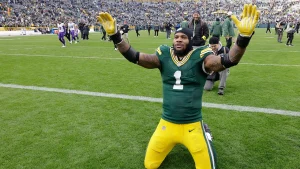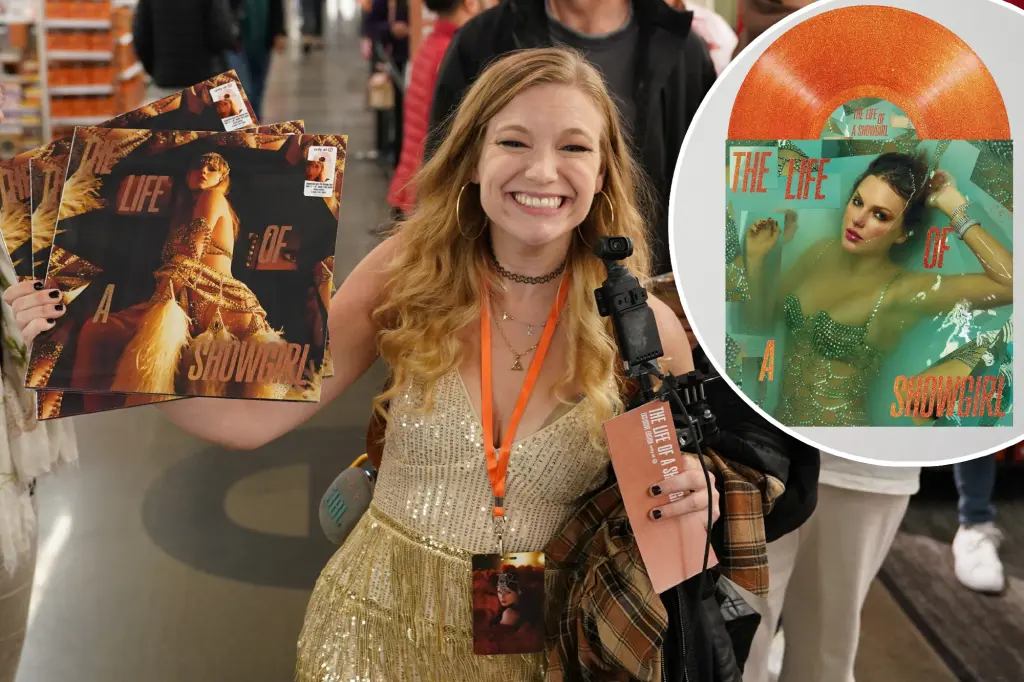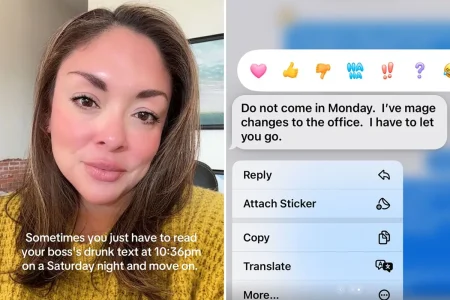Music’s Physical Resurgence: How Taylor Swift and Vinyl Records Avoid Tariff Impact
In a surprising twist of economic policy, physical music formats have escaped the sweeping tariff changes that took effect on August 29 when the Trump administration revoked the “de minimis” exemption. This change now subjects billions of small shipments entering the US to new charges—but vinyl records, CDs, and cassettes remain protected thanks to a Cold War-era provision. The timing couldn’t be better for Taylor Swift fans celebrating the release of her new album “The Life of a Showgirl,” who won’t face additional costs when purchasing physical copies. This exemption stems from the Berman Amendment to the International Emergency Economic Powers Act, which prevents presidents from regulating the flow of “informational materials” including music, books, and artwork—essentially creating a cultural safe harbor in an increasingly restricted trade environment.
The stakes for this exemption are remarkably high given vinyl’s extraordinary comeback in recent years. “If vinyl had gotten tariffed, you could have possibly seen the price of a record going up to $40 and $50,” warned Berklee professor Ralph Jaccodine in a CNBC interview. This matters because vinyl now represents nearly three-quarters of U.S. physical music revenue, having jumped nearly 20% since 2020 according to the Recording Industry Association of America. The resurgence has been driven by both younger buyers discovering the format for the first time and nostalgic collectors returning to their roots. Ryan Mitrovich, general manager of the Vinyl Alliance, expressed relief about the exemption but cautioned that the trade environment remains unpredictable. For major labels like Universal Music Group—which releases Swift’s records and saw a 14.4% surge in physical sales contributing to a 9.6% revenue jump in Q2 2024—these exemptions represent significant business protection at a crucial time when physical formats continue to deliver substantial profits.
The vinyl manufacturing landscape itself reveals competing perspectives on tariffs. Some American manufacturers actually support implementing tariffs—not necessarily to protect consumers, but to strengthen domestic production capabilities. Alex Cushing, co-founder of Dallas’s Hand Drawn Records and board member of the Vinyl Record Manufacturers Association, believes tariffs could potentially boost U.S. manufacturing and create jobs. His firm currently produces 2 million records annually with 60 employees but lacks the capacity to handle demand at Swift’s level. The situation is complicated by the fact that raw materials like PVC and ink are already subject to tariffs, which has driven much production offshore. GZ Media, the Czech-based manufacturing giant responsible for pressing approximately one in four vinyl albums globally, argues through its CEO Michal Štěrba that additional tariffs would inevitably raise consumer prices. Cushing acknowledges this likelihood but suggests tariffs might redirect smaller artists’ manufacturing back to American plants, since domestic production isn’t currently built for the scale needed by superstars like Swift.
For musicians across the industry, physical sales remain disproportionately valuable compared to streaming revenue. While streaming platforms typically pay artists between $0.003–$0.005 per stream, physical record sales can deliver royalty rates of 10–25%. “Unless you are just a handful of musicians, you basically are not making enough money from streaming to sustain,” Jaccodine explained. “For artists large and small, merchandise like records, CDs, cassettes, hats, hoodies and ticket sales are the bread and butter.” This revenue reality is evident even in Swift’s empire: while her Eras Tour generated over $2 billion in ticket sales and streaming brought in an estimated $200–$400 million, physical sales continue to provide a critical revenue pillar. The economics make sense—a single vinyl purchase might equal thousands of streams in artist revenue, creating powerful incentives for musicians to continue producing physical products despite the digital age.
The resurgence of physical formats isn’t just about artist economics—it represents a cultural shift, particularly among younger consumers. A survey by UK-based Key Production found that nearly 60% of 18–24-year-olds reported listening to physical music—the highest percentage among all age groups. On TikTok, “vinyl hauls” accumulate millions of views, while limited-edition colored-variant LPs create buying frenzies driven by fear of missing out. Industry insiders interpret this trend as a rebellion against digital ephemerality: owning a tangible object provides a sense of permanence that streaming services can’t match. As Cushing observed, “So many groups are on their screens paying fees to have access to content but do not ever actually own anything, so this gives them physical ownership. Vinyl is counter to all the ease of modern music listening and that’s why people want it.” This emotional connection to physical media explains why artists like Swift release multiple collectible versions of the same album—her previous release featured 36 different versions spanning various formats, including vinyl exclusives with unique artwork and bonus tracks.
The economics of exclusivity has become a cornerstone of modern music marketing, with artists like Swift mastering the strategy of creating multiple collectible versions that drive fans to purchase the same album in different forms. Each exclusive edition of a vinyl record, CD, or cassette has the potential to generate millions in additional revenue. For passionate fans, these items represent more than just music—they’re artifacts of connection to their favorite artists. “As long as a vinyl stays under $75 for a new release, I feel like it is worth it. It’s like an addiction to getting these, but I love collecting them,” 24-year-old fan Tayra McDaniels told CNBC. This willingness to pay premium prices for physical products explains why some industry analysts project Swift’s newest release could exceed one million vinyl sales in its first week alone—potentially rewriting market expectations. The exemption from tariffs ensures that this cultural and economic phenomenon can continue unimpeded, at least for now, allowing physical music to maintain its renaissance in an increasingly digital world where tangibility and permanence have become unexpected luxuries.















